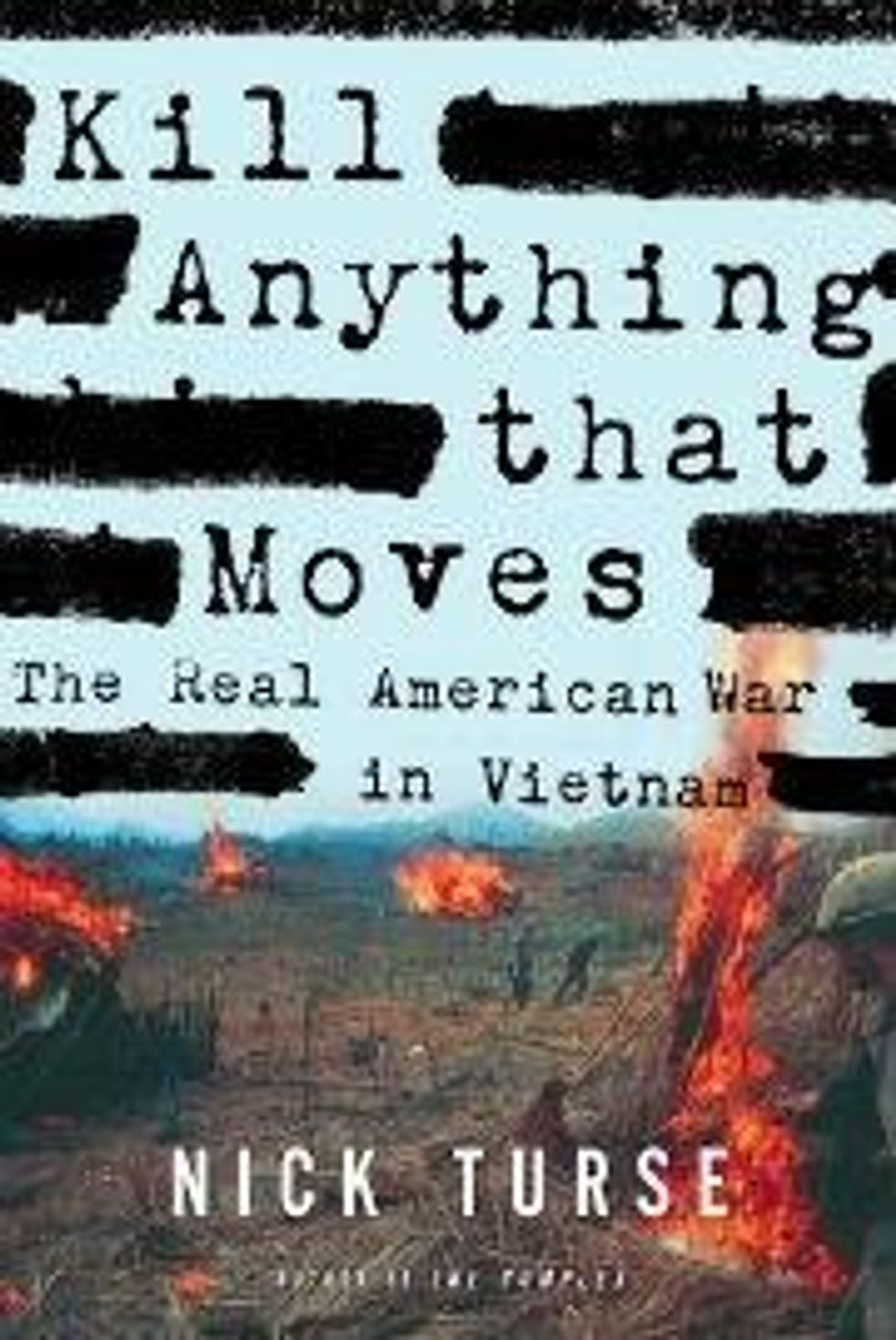In late December 2001, not long after Washington's second Afghan War began, there was that wedding celebration in eastern Afghanistan in which 110 of 112 villagers were reportedly killed by American B-52 and B-1B bombers using precision guided weapons. Then there were the more than 40 Iraqi wedding celebrants (27 from one extended family, including 14 children) who died when U.S. planes struck their party at a village near the Syrian border back in May 2004, and the Afghan bridal party of 70 to 90 who were taken out by a U.S. airstrike on a road near the Pakistani border in July 2008. (The bride and 46 of those accompanying her died, according to an Afghan inquiry, including 39 women and children.) Added to this list should be the 24 unarmed Iraqi men, women, and children, ranging in age from 3 to 76, murdered by U.S. Marines in November 2005 in the long-forgotten Haditha massacre. And the 14-year-old girl whom American soldiers gang-raped and murdered along with her family in Mahmudiya, south of Baghdad, the next year. And then there was the headline-grabbing case of those 16 civilians, nine of them children, 11 from one family, reportedly slaughtered (and some of their corpses burned) by Staff Sergeant Robert Bales in two southern Afghan villages in the course of a single night in March 2012.
Let's not forget either the 12 Iraqis, including two Reuters employees, shot dead (and two children badly wounded) on a Baghdad street in July 2007 by the laughing crew of an Apache helicopter, as revealed in an infamous video released by WikiLeaks. There were also the 60 children (and up to 30 adults) who died in the Afghan village of Azizabad on an August night in 2008 while attending a memorial service for a tribal leader who had been, villagers reported, anti-Taliban. That, too, was thanks to air strikes. There were also those three (or more) Afghan civilians hunted down "for sport" in the summer of 2010 by a self-appointed U.S. "kill team" who were collecting trophy body parts. And there were the 10 boys, including two sets of brothers, collecting wood for their families in Afghanistan's Kunar Province early in 2011, who were attacked by U.S. helicopters. Only one wounded boy survived. Or most recently, the 11 Yemeni civilians, including women and children, in a Toyota truck killed by a U.S. airstrike and initially labeled "al-Qaeda militants."
Such a list, of course, only scratches the surface of a reality that we in the United States have hardly noticed and so have to expend no effort whatsoever to ignore. Unlike for the victims of 9/11 or more recently of Newtown, there will be no memorials, no teddy bears, no special rites, no solemn ceremonies. Nothing. The distant dead of our wars have largely paid the price in silence and anonymity for what the U.S. intelligence community likes to call the last superpower's duty of being a "global security provider" -- and which elsewhere often looks more like inflicting mayhem on local populations.
In addition, the particular form of "security" we've brought to such areas via the U.S. military continues even after we leave. U.S. troops are gone from Iraq, for example, but the violence our invasion and occupation set loose has never ended. Iraq Body Count has just issued its report on rising deaths from violence in that country in 2012, both among the Iraqi police (922) and civilians (4,471). It concludes: "In sum the latest evidence suggests that the country remains in a state of low-level war little changed since early 2009, with a 'background' level of everyday armed violence punctuated by occasional larger-scale attacks designed to kill many people at once." We bear genuine responsibility for this, but no longer care a whit.
It's good that one American did care and has spent the last decade preparing to help us remember what kind of "security" our wars have long brought to such distant regions. Nick Turse's new book, Kill Anything that Moves: The Real American War in Vietnam, paints a memorable portrait of the war that, unlike Iraq and undoubtedly someday Afghanistan, we can't seem to forget. And from his groundbreaking work on civilian suffering, he suggests in a new piece, "So Many People Died," the one way the "Vietnam analogy" really does apply to Iraq and Afghanistan -- in terms of civilian suffering.
